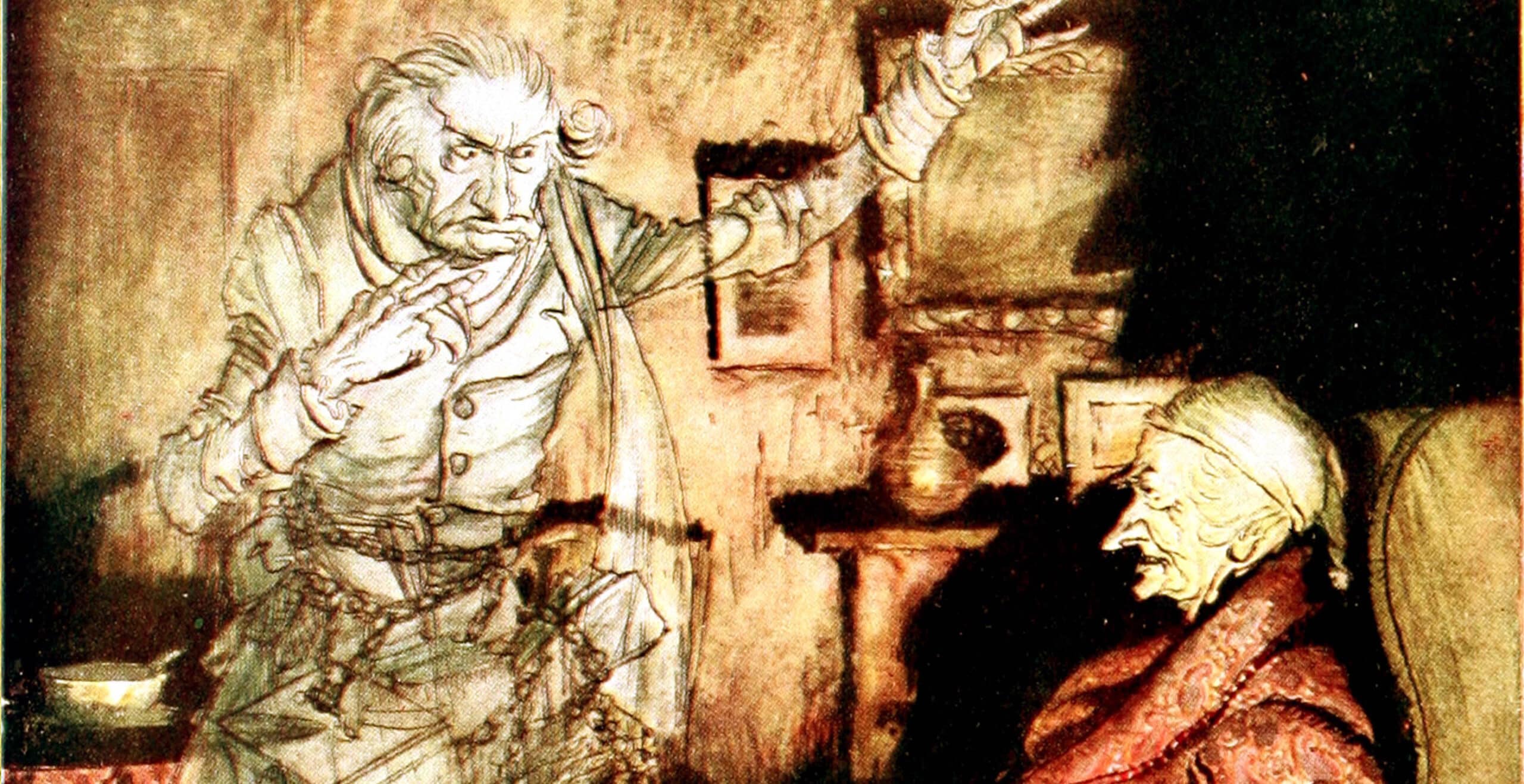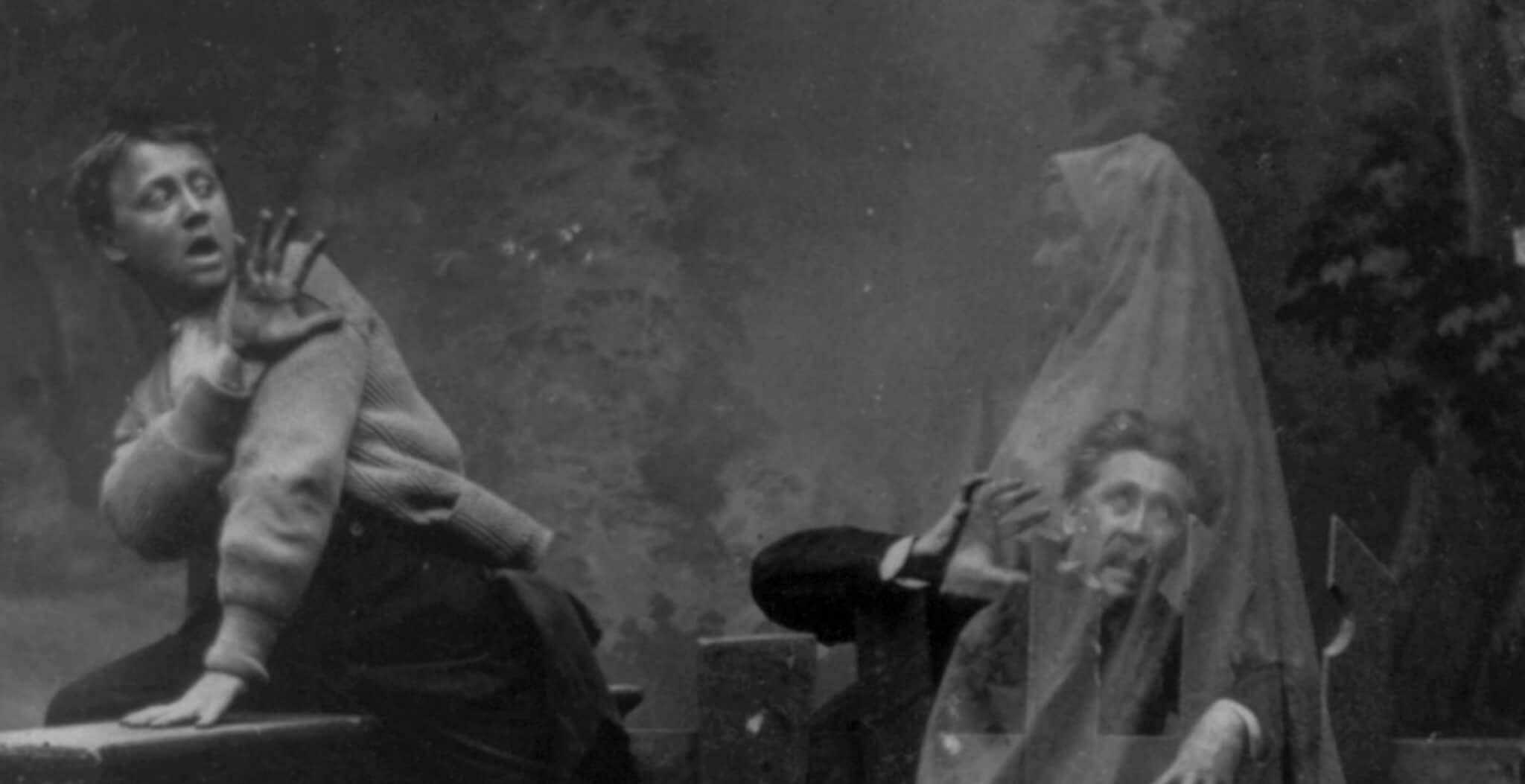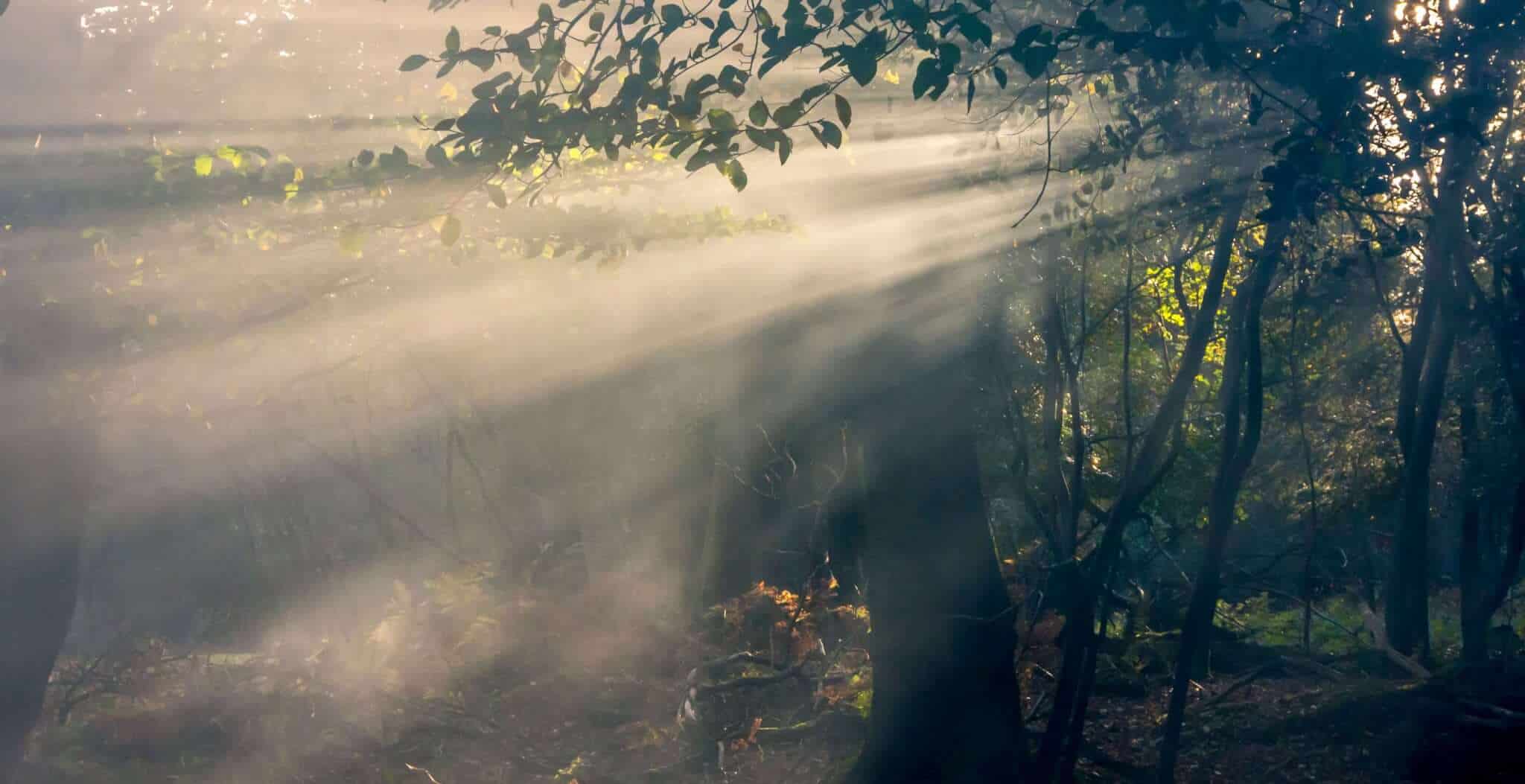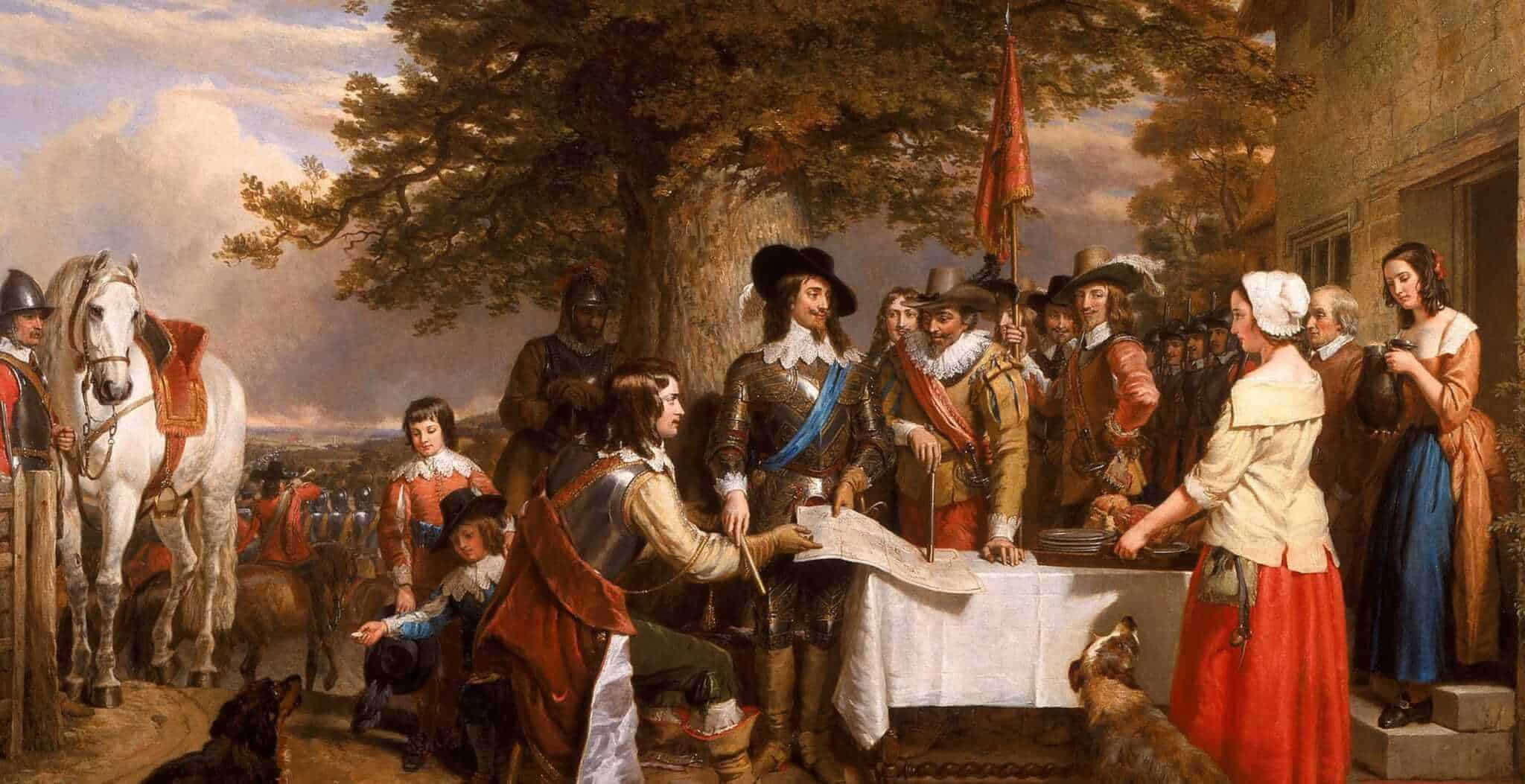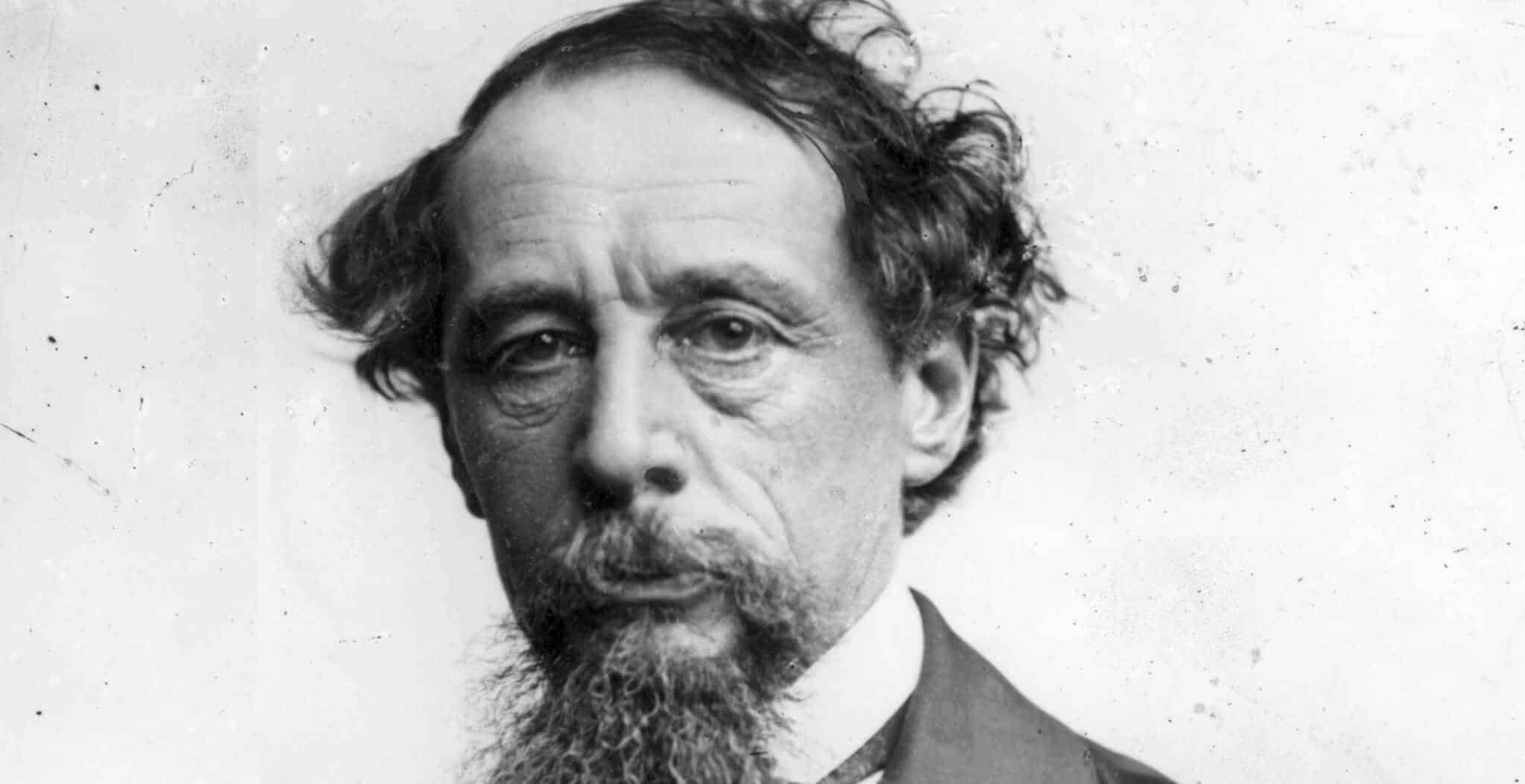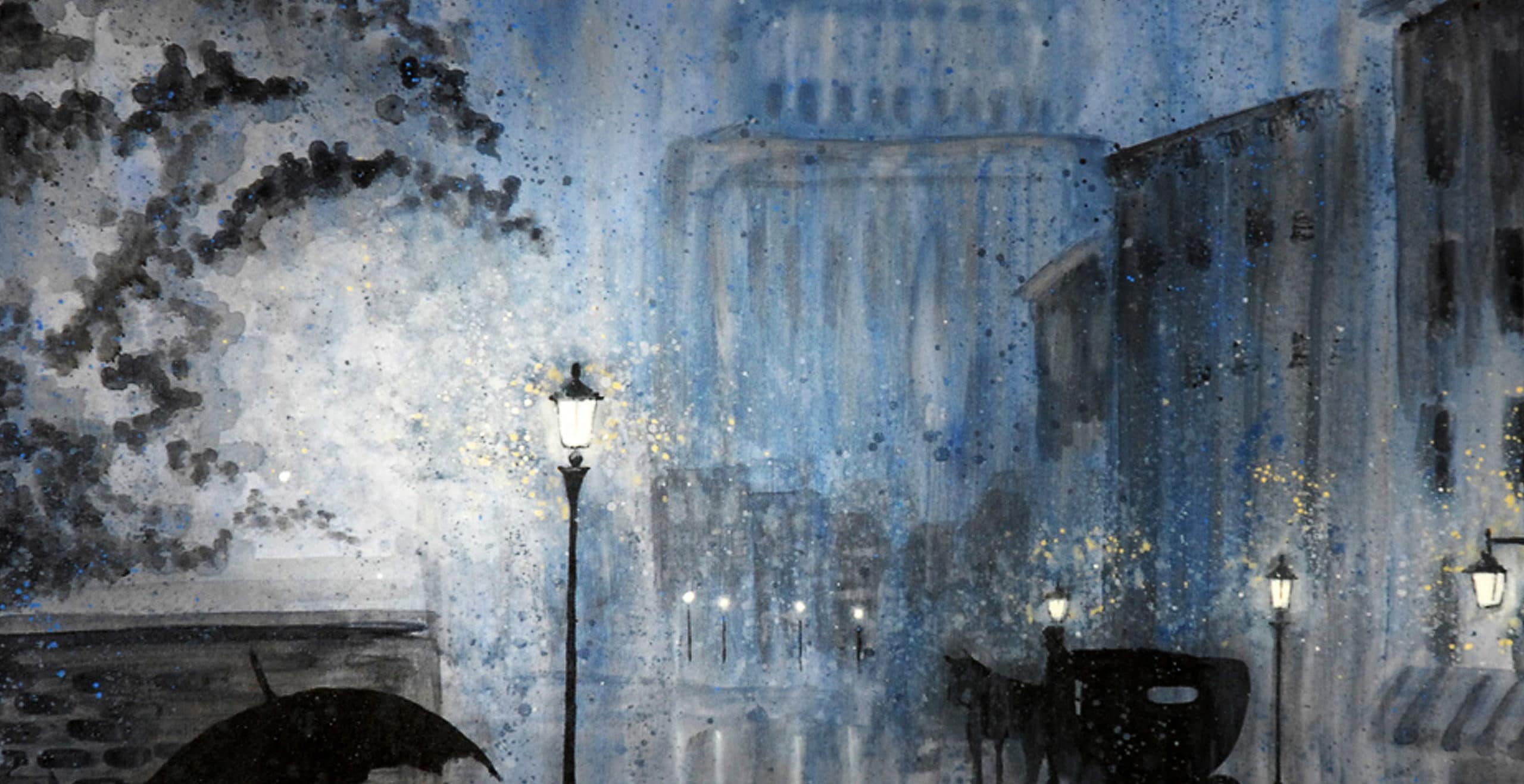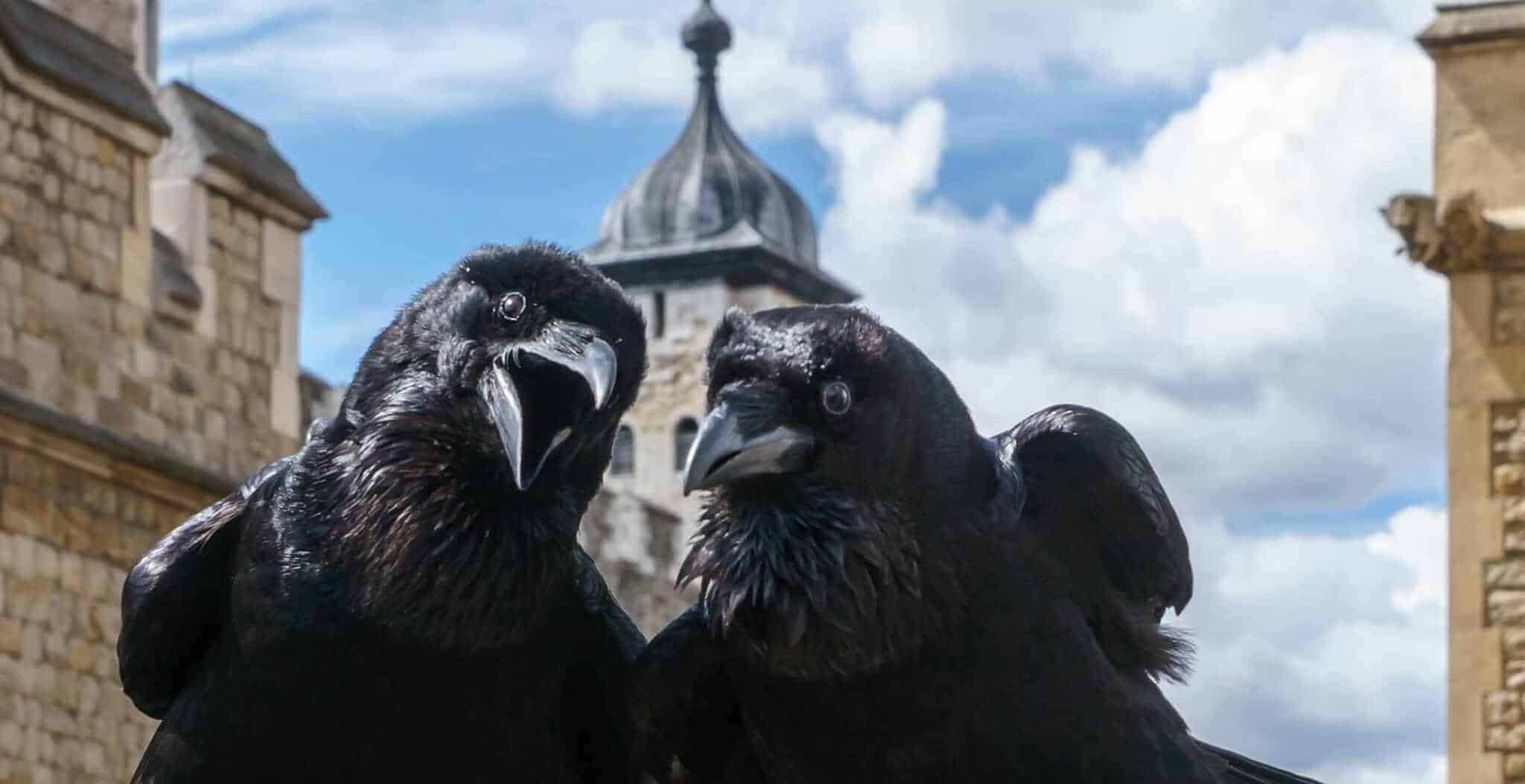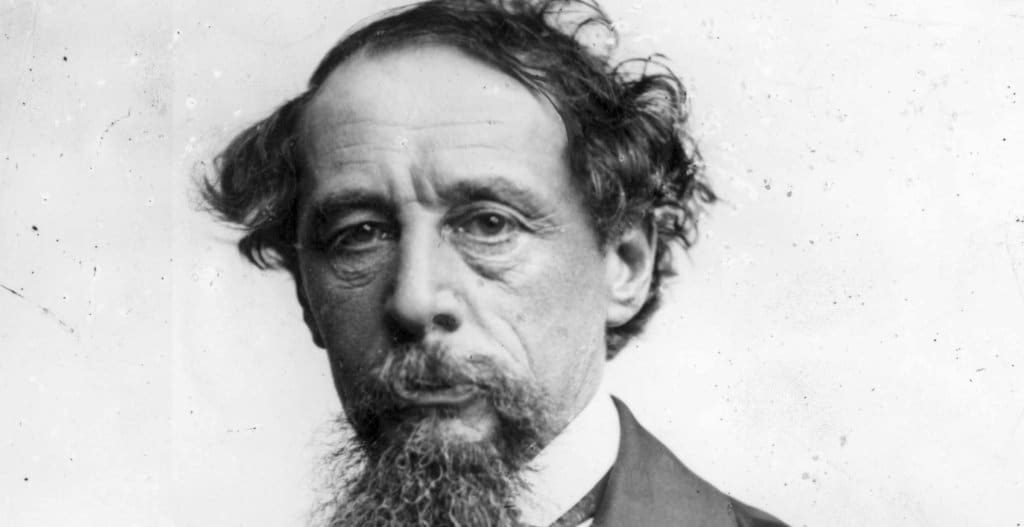“Ideas, like ghosts (according to the common notion of ghosts), must be spoken to a little before they will explain themselves.” – Charles Dickens
If any author has haunted the houses of our imagination, then Charles Dickens is the literary spirit par excellence. Year after year, popular books and TV adaptations witness his recurrent visitations and remind us of his powerful hold on our minds – relentlessly going strong since his death in 1870. But few know of the personal hauntings that Dickens himself experienced, or how the supernatural influenced his most memorable works.
“He had something of a hankering” after ghosts, remembered his friend and biographer John Forster. And such was Dickens’ obsession with the supernatural, Forster was convinced that he would have “fallen into the follies of spiritualism,” had it not been for “the strong retraining power of his common sense.”
Yet that retraining power took time to develop and was certainly absent in Dickens’ childhood – the memories of which, he claimed, were “responsible for most of the dark corners” of his mind. Dickens vividly recalled the terrifying bedtime tales that his nanny, “Miss Mercy,” inflicted on his impressionable mind. One of her favorite (and most gruesome) yarns was “Captain Murderer,” which she fiendishly accompanied “by clawing the air with both hands, and uttering a long low hollow groan.” Of her nightmarish narrations, Dickens would later write:
Although jolting shocks to Dickens’ young psyche, these early frights energized his nascent imagination like little else could. And his love–hate relationship with ghost stories continued throughout adolescence. As a schoolboy, he avidly devoured each instalment of the horror magazine The Terrific Register, despite how he said the tales made him “unspeakably miserable, and frightened my very wits out of of my head.”
Whether those wits became jaded over time, or the “power of his common sense” gradually sharpened, Dickens would prove much harder to scare in adulthood. Living in an age rife with supernatural speculation, he steadily developed the mind of a skeptic. Rather than being caught up in the Spiritualism craze that arrived from America in the 19th century (with its séances and rampant rise in ghostly sightings), Dickens acquiesced to the scientific theory of his day, that paranormal phenomenon had a physiological basis: that apparitions were a result of, as he put it, “a disordered condition of the nerves or senses.”
But this never diminished Dickens’ inherent “hankering” for ghosts or intellectual curiosity in the hereafter. “Don’t suppose that I am so bold and arrogant as to settle what can and what cannot be, after death,” he once told a fellow writer. And acting upon that open-mindedness, later in life, he joined the London Ghost Club – one of the first paranormal research organizations, founded in 1862. Dickens also attended numerous séances, investigating their claims and, more often than not, debunking the phony phantoms of the “spirit business.” Describing the dubious sightings at one particular séance, Dickens mockingly questioned just what sort of spirits these mediums were employing:
Pithy skepticism aside, Dickens was the first to concede that while these exposés were comical, they were undoubtedly “less chilling than a ghost story itself.” Rational or not, Victorians were itching to be spooked, and as a self-supported writer, Dickens was quick to oblige them. Throughout his literary career, he wrote more than two dozen ghost stories, many of which appearing as smaller tales tucked into larger novels, including The Pickwick Papers, Bleak House, and Nicholas Nickleby. With such frequent and prolific trips into the paranormal, it begs to wonder if Dickens was entertaining the public as much as he was indulging his own ghostly appetite.
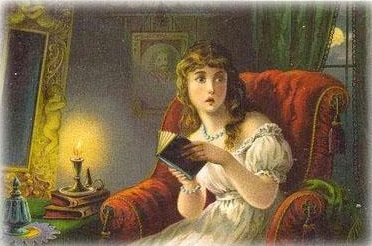
If the latter, he certainly was careful to construct his ghost stories with the common sense he was so respected for. Unlike the incredible and far-fetched stories of his childhood, Dickens’ ghosts reflect his own attitude towards paranormal phenomenon as a sensory-based “disordered condition.” Scrooge’s classic banter with Marley’s ghost in A Christmas Carol, after all, is no coincidence:
“You don’t believe in me,” observed the Ghost.
“I don’t,” said Scrooge.
“What evidence would you have of my reality beyond that of your senses?”
“I don’t know,” said Scrooge.
“Why do you doubt your senses?”
“Because,” said Scrooge, “a little thing affects them. A slight disorder of the stomach makes them cheats.”
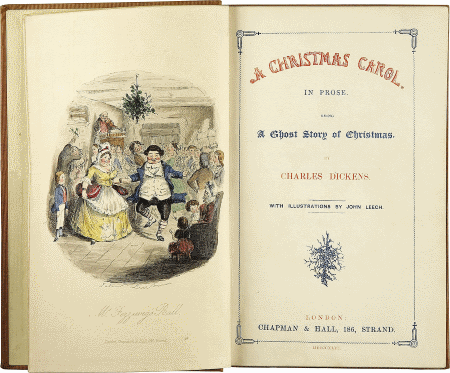
While not the most terrifying encounter in Dickens’ arsenal, it illustrates a formula he would use for more eerie tales. A dabbler in the Victorian art of mesmerism – an early form of hypnosis – Dickens witnessed firsthand the disturbing mental “phantom” that could manifest in “shattered nerves.” Knowing that these psychological spirits were every bit as horrifying as physical ones, his most unnerving stories (such as “A Madman’s Manuscript” and “The Signal-Man”), solely rely upon susceptible minds to conjure up their own ghastly hauntings.
This unique blend of fantastic believability, authored by a skeptic with paranormal attractions, made the Dickensian ghost story an instant success – one that keeps on chilling our spines nearly two-hundred years later. And just like young Charles, we might suffer a little from the scare, but secretly, we don’t want the spine-chilling to stop. So it’s little wonder that days after his death, Dickens’ ghost was reportedly turning up in Victorian séance parlors, still narrating spooky tales from the other side of the grave. Fact or fancy, or another case of intoxicating spirits, one thing is certain: the ghost of his ideas have been turning up ever since.
Sources
– Dickens, Charles. Dombey and Son. New York: Modern Library, 2003.
– Forster, John. The Life of Charles Dickens: 1812-1842. New York: Sterling Signature, 2001; first published 1874.
– Boehm, Katharina. Charles Dickens and the Sciences of Childhood. New York: Palgrave Macmillan, 2013.
– Dickens, Charles. Selected Journalism 1850-1870. London: Penguin UK, 2006.
– Dickens, Charles. Ghost Stories edited by David Stuart Davies. London: Collector’s Library, 2009.
– Brown, Nicola and Carolyn Burdett. The Victorian Supernatural. London: Cambridge University Press, 2004.
– Joyce, Judith. The Weiser Field Guide to the Paranormal. San Francisco: Weiser Books, 2011.
– Dickens, Charles. Complete Ghost Stories. London: Wordsworth Editions, 1997.
– House, Madeline, ed. The British Academy/The Pilgrim Edition of the Letters of Charles Dickens: Volume 12. Oxford: Oxford University Press, 2002.
– Dickens, Charles. A Christmas Carol. New York City: HarperCollins, 2009.
– Riccio, Dolores. Haunted Houses U.S.A. New York: Simon and Schuster, 1989.
Bryan Kozlowski is a member of The Dickens Fellowship and has published essays and articles on Charles Dickens and Victorian history. He writes from South Florida.
